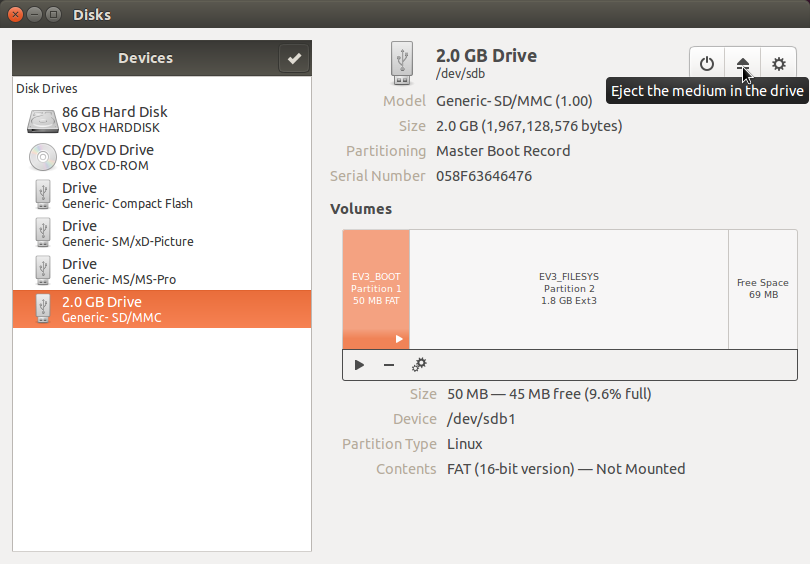

As drivers are specific to each environment, I’m going to gloss over this step. The next step will be to add any drivers needed. If you have any need for shielded VM’s, or wish to add some further security via the Microsoft’s Antimalware system, be sure to check those options. As this is going to be purely a Hyper-V server, I’ve selected Hyper-V and continued on. You should now be at the optional packages screen. Top tip: Remember to edit the paths to change the file type from VHD to VHDX. Set the paths where you’d like the VHD/VHDX files to be generated and their desired size, and proceed to the next step. Selecting physical will add a few additional steps to the image builder which will allow you to add specific drivers for your physical server hardware. For the machine type I’m selecting virtual machine image option for the sake of simplicity. Here we’ll point the image builder to the Server 2016 ISO image mounted in the first step.Īgree to the license terms, and you should now be shown with the deployment type screen. Select next and progress to the ‘create new image’ stage. Once mounted, fire up the Nano Server Image Builder (which you should have installed from the pre-requesites), and select the top option to ‘create a new Nano Server image’. Building the Nano Server imageįirst we’re going to start off with generating our own custom Nano Server from the full-fat Windows Server 2016 install media.įind the Server 2016 ISO file on your Windows PC, right-click and select the mount option. Once we have generated a working installation USB drive or ISO, you can use this over and over again to easily install Nano Server. Building our custom Nano Server image, then onto generating the installation ISO/USB flash drive based on WinPE, and finally installing to the actual SD card. This guide is going to be in three main parts. The image builder tool will need direct access to a USB flash disk, so this needs to be done on a physical Windows PC or a Mac running parallels.


Prerequisitesīefore getting started, you’re going to need a few things.:

In this post I’m going to detail the steps I followed to setup a Windows Server 2016 Hyper-V Nano server image, and install it to the internal SD card of my home lab server, a HP ProLiant D元60 Gen8. This really is the future of the Windows Server ecosystem: significantly reduced attack surface ( 92% fewer ‘critical’ vulnerabilities), scriptable PowerShell remote management, and a tiny disk footprint. It weighs in at a tiny 500MB (approx) disk footprint and completely cuts out any sort of GUI, instead solely relying on remote management. Hyper-V Nano server is Microsoft’s true answer to VMware’s ESXi hypervisor. Windows Server Core should now be used instead. 2018 Update: Microsoft have unfortunately dropped support for Hyper-V on Server Nano.


 0 kommentar(er)
0 kommentar(er)
